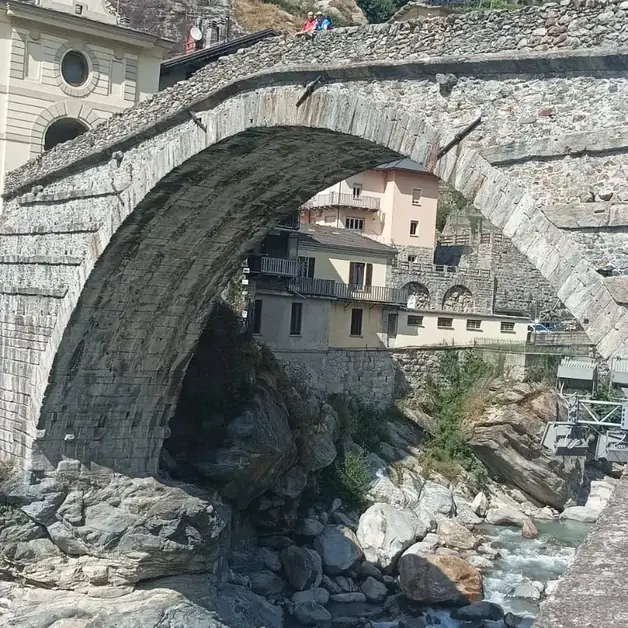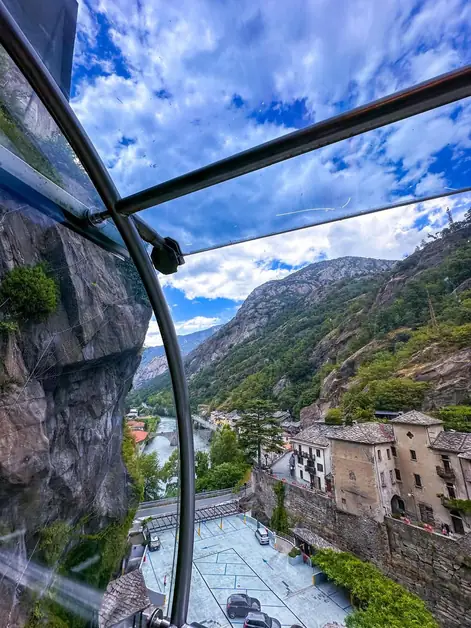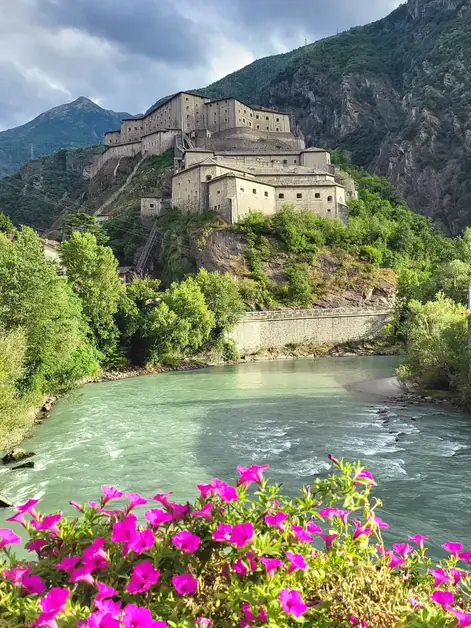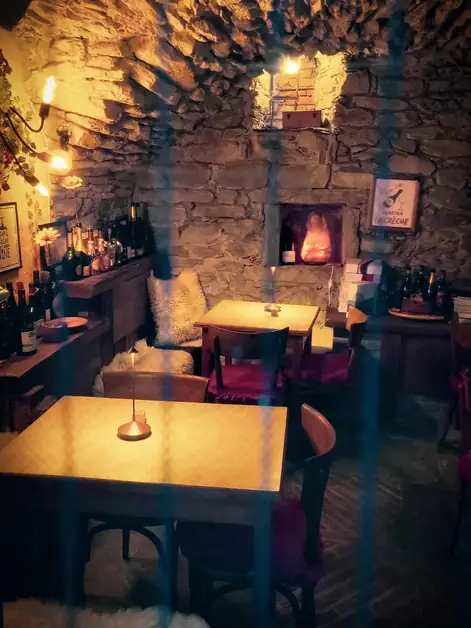Last stage of the Via Francigena in Aosta Valley
Experience the last stage of the Via Francigena in Aosta Valley, an emotional 28 km journey.

What is the Montjovet - Pont-Saint-Martin stage of the Via Francigena in Aosta Valley?
The stage from Montjovet to Pont-Saint-Martin is the last part of the Aosta Valley route of the Via Francigena, one of the most fascinating historical itineraries in Europe. It is a long walk of about 28 kilometers, which crosses small villages, woods, terraced vineyards, and ancient paths. This stage marks the final point of the Via Francigena in Aosta Valley, before entering Piedmont. It is a suggestive experience that combines nature, history, and culture, suitable for those who love walking and discovering the territory step by step.
What is the experience of walking 28 km from Montjovet to Pont-Saint-Martin?
Walking 28 km in a single day is a real challenge, but also a total immersion in the most authentic Aosta Valley. The route alternates climbs, descents, shaded stretches in the woods, and passages through villages suspended between history and tradition. You start from Montjovet, a municipality surrounded by vineyards and chestnut trees, and continue through the medieval village of Saint-Vincent, where it is possible to make a first stop. Along the way, you encounter ancient chapels, stone fountains, historic bridges, and spectacular views of the surrounding mountains.
What landscapes are crossed along the Aosta Valley Via Francigena trail?
The beauty of this walk lies in the constantly changing landscapes. From the terraced vineyards typical of the lower Aosta Valley, you pass to chestnut and oak woods, crossing rural areas and small towns where time seems to have stopped. In many stretches, you walk on ancient stone mule tracks, which give the feeling of following the same path taken for centuries by pilgrims and travelers. Some viewpoints offer unforgettable views of the Dora Baltea, the river that silently accompanies much of the journey.
What emotion is felt upon arrival in Pont-Saint-Martin, at the Roman bridge?
Arriving in Pont-Saint-Martin is a strongly symbolic moment. You enter the village by crossing the legendary Roman bridge from the 1st century BC, one of the most iconic monuments of the region. Here, the Aosta Valley journey of the Francigena ideally concludes, right where the Piedmontese one begins. The bridge is majestic, imposing, and gives a strong emotion to those who have walked the entire stretch on foot. It is like putting a period, or perhaps just a comma, in a journey rich in stories, efforts, and beauty.
Where can you take a break during the long walk between Montjovet and Pont-Saint-Martin?
The route is long, so it is advisable to divide it into stages. Saint-Vincent, Verrès, Issogne, and Arnad are ideal points for a stop, even just to refill your water bottle or taste some local specialties. In some stretches of the route, there are also picnic areas, wooden benches, and mountain fountains. Some hikers choose to stop in one of these villages to spend a night and continue the next day, making the experience even more relaxed.
What villages and historical places are encountered along the Via Francigena in this stage?
During the walk, you pass through historic villages such as Saint-Vincent, known for its spas; Verrès, with its imposing medieval castle; Issogne, famous for its Renaissance castle with wrought iron pergola; Arnad, celebrated for its DOP lardo; and finally Pont-Saint-Martin, with the Roman bridge. Each of these places offers a story to tell and the opportunity to discover small hidden treasures, even simply by talking to the locals.
Is it easy to navigate along the Aosta Valley Via Francigena route?
The route is well marked by white and red signs with the symbol of the Via Francigena. In many stretches, there are also informational panels explaining the history of the places crossed. It is possible to download a GPS map or use dedicated apps for the walk, but in most cases, it is sufficient to follow the signage.
What is the best time to tackle the walk from Montjovet to Pont-Saint-Martin?
Spring and autumn are the ideal periods, thanks to the mild climate and the colors of nature. In summer, however, it is advisable to start early in the morning to avoid the heat, while in winter some stretches may be slippery or impractical due to snow.
Why is it worth walking the Via Francigena in Aosta Valley to Pont-Saint-Martin?
Because it is not just a hiking trail, but an experiential journey. You walk slowly, observe, breathe in the mountain, and listen to the silence. Every step tells something: about the land, the people, the millennia-old history of these places. Arriving at the Roman bridge after 28 km is not just a reached destination, but a memory to carry with you.




